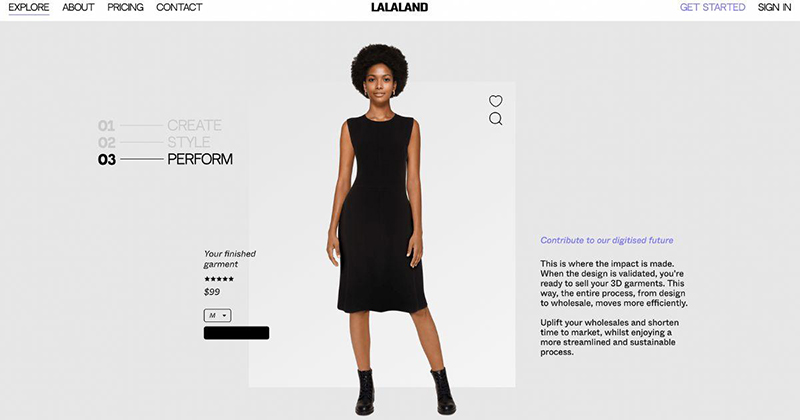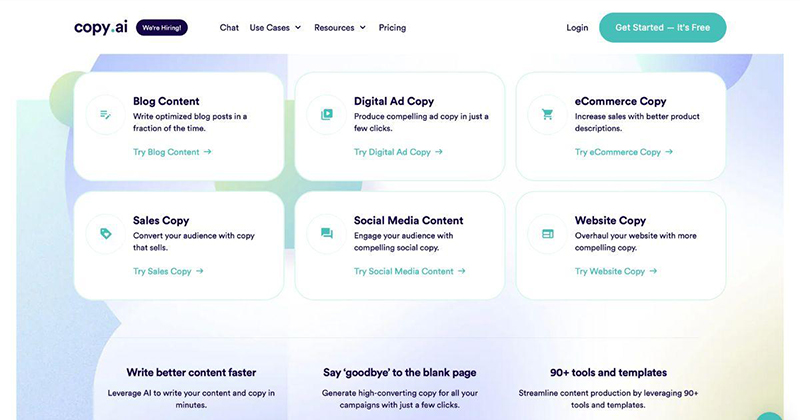Generative AI and the Effects on Businesses
Is it taking over jobs or revolutionising the way we do business and live?

Technology is forever evolving, and trying to keep up with all the new updates can be a real struggle. This article will specifically talk about generative AI, its use, and how this system may impact future businesses and society. However, before getting into the ethics as well as the advantages and disadvantages of using generative AI, let's first understand what generative AI means.
What Is Generative AI?
The concept of artificial intelligence is nothing new and can be originated back as early as 1956. Only in recent years, however, it is starting to take effect, with generative AI being the most current edition. This form of artificial intelligence can create a wide range of content, from text and images to synthetic data and audio.
The term generative is used because it creates something entirely new. How generative AI works is achieved through machine learning. It takes a huge amount of data and processes that information to develop algorithms that match the prompt it was provided with.
Some examples of generative AI include:
- ChatGPT: It serves as a free chatbot that instantly produces a response to practically any and every question it's asked.
- DALL-E: A system that can create realistic images or art just from a simple description.
- Sharly.ai: A productivity tool that saves time by summarising long documents for a more effortless reading experience.
This is only the tip of the iceberg of what generative AI can do. As the mass population and professionals begin to experiment with and adopt this new technology, it will likely continue to change how jobs are performed.

ChatGPT is an AI-powered language model that uses machine learning to generate human-like responses to text-based inputs.
How Generative AI May Impact Jobs and Businesses
In recent years, we have seen many brands and companies from various industries putting this new technology to work in their fields. Here are some examples of how Generative AI is shaking things up:
Fashion
Lalaland.ai, an AI-powered digital fashion studio, is known for its hyper-realistic AI models. Credit: Screenshot of AI model from Lalaland.ai
Just recently, Levi's announced their plans to introduce AI-generated models in place of real human models. Through their partnership with Laland.ai (a well-known service for its hyper-realistic AI models), the famous jeans brand claims this could create a new opportunity to improve diversity and body inclusivity in the fashion industry.
Presently, most clothing can be viewed on one model. However, with generative AI, consumers will see these pieces on a model that reflects their body shape and skin tone more accurately.
Copywriting
Copy.ai is one of the many text-generation tools designed to help users with copywriting. Credit: Screenshot from Copy.ai
From social media and blog posts to email marketing content, copywriting tools like ChatGPT, CopyAI, and Jasper are on the rise for their ability to generate multiple formats of copy efficiently. The use of natural language processing (NLP) helps optimise the copy in a way that can easily meet objectives like boosting traffic, increasing brand awareness, and improving conversion rates.

Art created using Generative AI.
Generative AI can assist in the production of art and offer additional design ideas to choose from. The system can also recognise the specific graphics that companies best prefer and provide a customised design that closely fits the brand's image.
Furthermore, it can better streamline specific processes, such as scaling, colour correction, and cropping, so that graphic designers can focus their energy on other more pressing areas of their work.
Chatbots or similar generative AI systems can provide 24-hour customer service by instantly generating human-like responses to many customer inquiries. From their data input, they could then identify if there's a consistent pattern of customer behaviour, preferences, or trends and tailor their recommendations or responses accordingly.

Ethics and Data Protection in AI
Besides the risks mentioned, there's also the question of intellectual property (IP) theft. The conflict of copyright comes into play when there is no clear distinction of ownership to the creative works generated by AI. Some would justify that because the output created did not result from human creativity, it shouldn't be eligible for copyright protection.
Others may strongly argue otherwise, as they stem from the processes of complicated algorithms, programming, and human input. Regardless of where one stands on this debate, the issue remains, and the ambiguities surrounding it may lead to plagiarism allegations further down the line if they are not addressed. Before utilising AI-generated works, companies must conduct frequent IP clearance searches to prevent clashes with existing IP rights.

The conflict of copyright comes into play when there is no clear distinction of ownership to the creative works generated by AI.
Another issue that has been highlighted is in the area of security and data protection breaches. There is bound to be some sensitive information about users and organisations contained within the copious amounts of data that AI processes for machine learning. Without proper security regulations, this private data could be leaked or misused by unauthorised parties.
As such, businesses that plan on introducing AI into their work structure must be aware of the risks and start planning how to alleviate these issues. This might involve implementing even more robust privacy and data security protocols, such as regular security audits, conversation encryptions, and stricter access controls.
Where to Start with Generative AI?
Generative AI is undeniably a significant component that will powerfully transform how we work and interact with the world around us. That said, there remain risks to manage and ethical decisions to make.
Companies should start addressing three points:
- Decide how they will start with Generative AI and communicate it to the organisation.
- Understand how their immediate and future business models can change and intentively embark on experimentation.
- Fully understand and address their risks, including intellectual property, data protection, and cybersecurity.

Vittorio Furlan is the founder and managing director of Foray Advisory. He has two decades of international experience in digital transformation, data and AI, and he supported the transformation business and government agencies as a consultant and a managing director.







